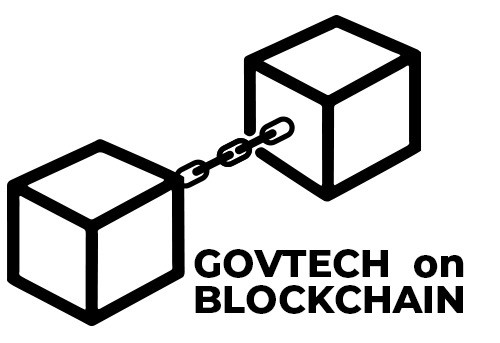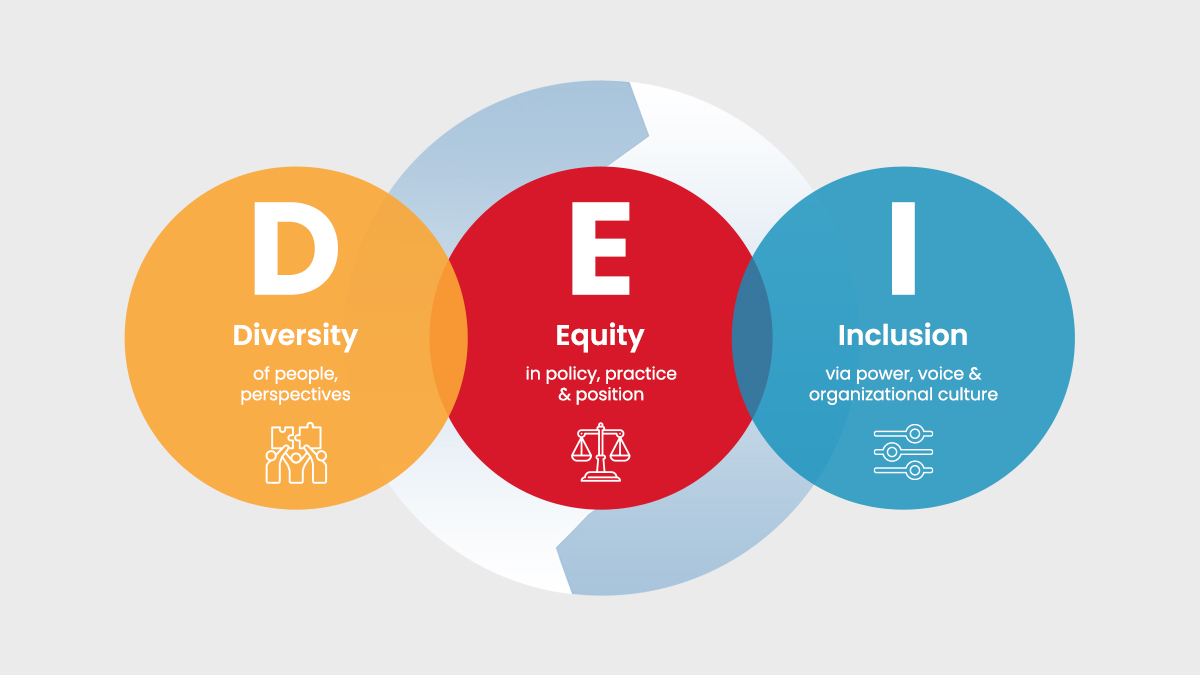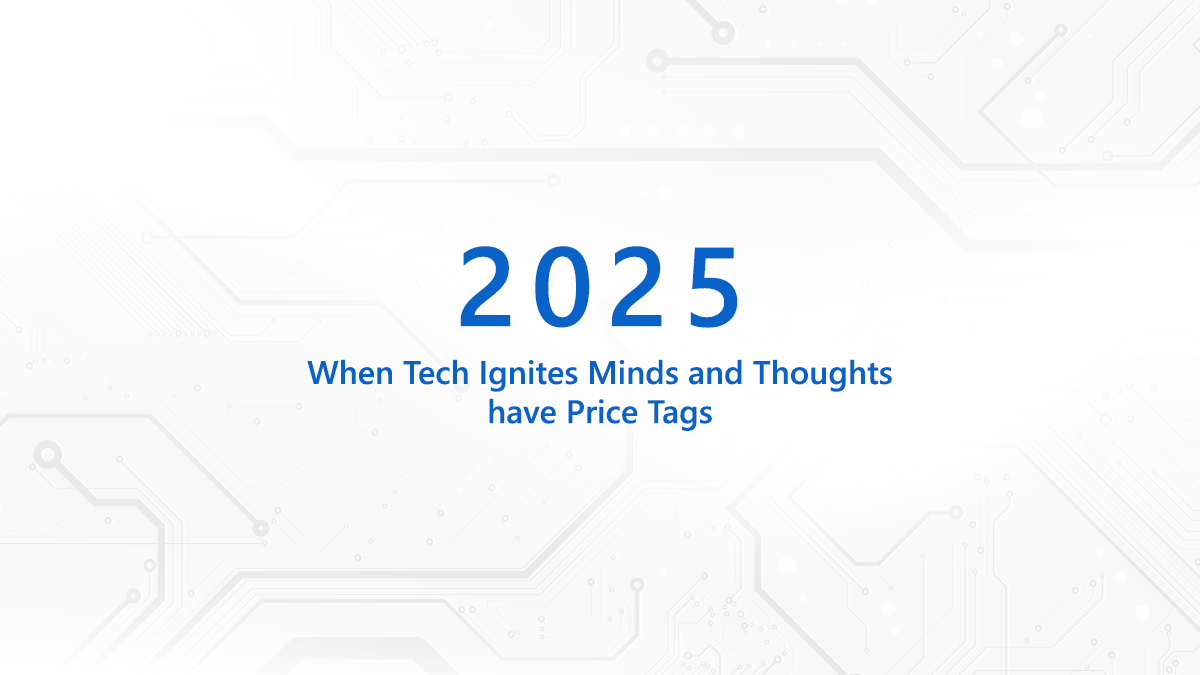Just imagine how a new product or technology disruption can change the way you live, communicate and transact businesses. Quite a few of these inventions over the past decade have been epochal. Think of smartphones- they stormed around a decade back and have swiped into our day-to-day work-life matrix. So much so that we always need smartphones within our grasp whether we are at home or office or on the move. Another disruption of the last decade is Blockchain technology- it is brewing a quiet revolution. First conceptualized in 2008 by Satoshi Nakamoto, a pseudonymous developer, it started with Bitcoin, a cryptocurrency- an experiment in digital currency. But the blockchain technology underlying this cryptocurrency is evolving to support a multitude of applications in agriculture, education, manufacturing, supply chain and financial institutions. It is also emerging as the new trust protocol for agile businesses.

How blockchain has evolved as the New Trust Paradigm
Blockchain is a digital distributed database that maintains a list of ordered records called ‘blocks’. And, the blocks keep on growing with mining of data. Blockchains offer a shared database, distributed across vast peer-to-peer networks with no single point of failure and no single source of truth. This means no single individual can own a blockchain network and no single entity can alter data. New data can be added only after an agreement between various nodes of the network called ‘distributed consensus’. Say for instance, if a user with identity ‘A’ sends an asset to identity ‘B’, anybody can verify if the asset was sent by A but cannot use A’s signature for their own transactions. Thus, the cryptographic system ensures accountability and roots out identity fraud.
Nascent technology in a crucible of opportunities
Blockchain is a cutting edge technology with the potential to transform the face of economy and businesses. Gartner estimates that Blockchain could generate $3 trillion in business value by 2030. According to forecast by the World Economic Forum (WEF), 10 per cent of the global GDP would be stored in blockchain by 2025. The blockchain market revenue is tipped to reach $20 billion by 2024 (Transparency & Market Research) with GovTech leading the pace of adoption.
One of the striking applications of blockchain is in land and property transactions which are primarily peer-to-peer deals stitched between buyers and sellers. Here, the government can become a party to the transaction as an intermediary since it is essential to maintain records of ownership and ensure that state dues are paid. For instance, Dubai has put 100 per cent of its land registry records on blockchain. Sweeden and Honduras are developing blockchain systems for secured e-governance. Closer home, in India, Andhra Pradesh is the first state to pilot blockchain technology in two departments.
Besides this, Blockchain technology can help drug manufacturers and supply chain participants can gain real time data access and greater visibility from the point of manufacture to sale. This visibility can help fight the worldwide menace of counterfeit drugs.
As an epochal technology, #Blockchain has evolved as the new trust paradigm for businesses. #GovTech applications are driving blockchain adoption. #blockchaintechnology #govtech @blockchain @Chain_Review @GoI_MeitY @Neo_Blockchain https://t.co/iHyhc4wjj8
— Priyadarshi Nanu Pany (@NanuPany) December 22, 2020
GovTech for scalable blockchain models
Today if the consumption of Blockchain technology is surging, it is largely on the back of wide GovTech applications. The Estonia government has been testing blockchain technology since 2008 and was the first country to use the technology on a national level. There are expectations that long-term cost savings and innovation benefits will outweigh the cost of experimentation. Blockchain now is still an expensive value proposition but the next stage of this technology promises to prune costs. The future is ‘blockchain scaling’ that will figure out how many computers will be needed to validate a transaction by allocating work efficiently. This will speed up processes and cut down costs. To quote Marianna Mazucato, author of ‘The Entrepreneurial State’, “The cutting edge of innovation, particularly in infrastructure, is often in the hands of the state”. GovTech solutions in crucial public sector applications like digital currency, land registration, identity management, healthcare, taxation and voting offer a plateful of opportunities.
The author is Priyadarshi Nanu Pany, founder & CEO of CSM Technologies. This article was originally published on his LinkedIn profile:https://www.linkedin.com/pulse/blockchain-new-idiom-trust-agile-business-priyadarshi-nanu-pany/?trackingId=F2nVf80QRCqiPb8OKqDJsg%3D%3D


























































We will verify and publish your comment soon.